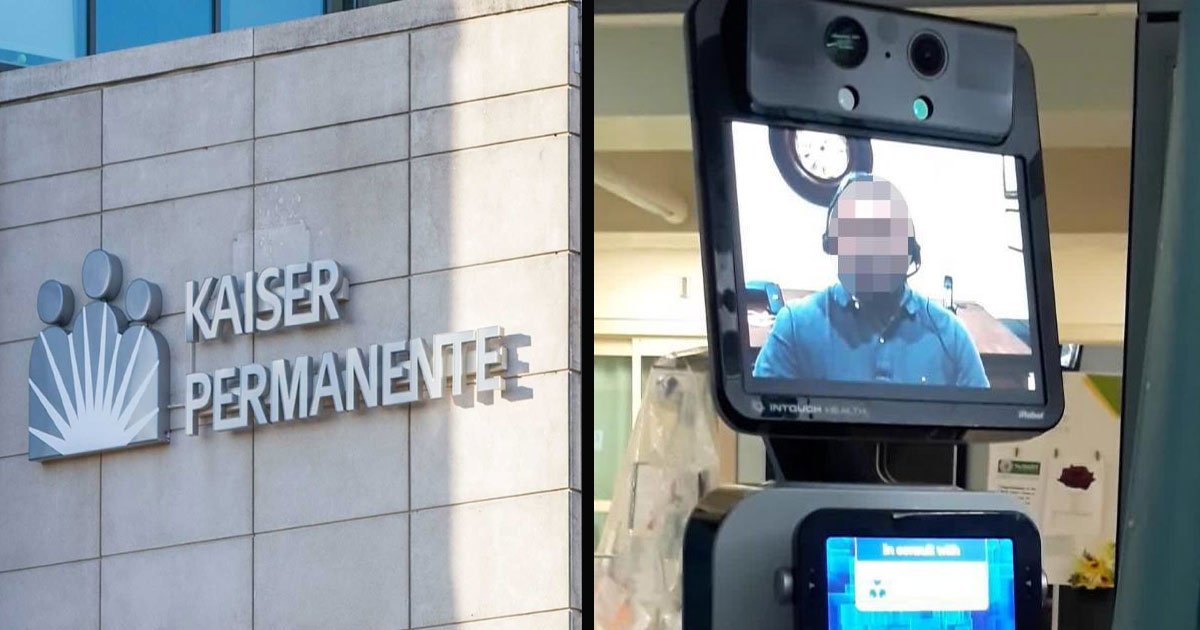Watch the video of the robot doctor delivering the bad news.
Video Credit: Mercury News
The family of a 78-year-old California man is upset after his fatal diagnosis was relayed to him via robot.
A nurse wheeled a video technology machine into the ICU room of Ernest Quintana at Kaiser Permanente Medical Center in Fremont, California, to reveal the traumatizing news.
Quintana’s granddaughter, Annalisia Wilharm told USA Today the machine was used to tell her grandfather that the hospital had run out of effective treatments and he did not have long to live.
Wilharm said her grandfather could hardly hear what the machine was saying, to the point where she had to tell her grandfather he was dying, herself. Wilharm said the machine essentially told Quintana “you might not make it home.”
Wilharm said, “Devastated. I was going to lose my grandfather. We knew that this was coming and that he was very sick. But I don’t think somebody should get the news delivered that way. It should have been a human being come in.” She continued, “If you’re coming to tell us normal news, that’s fine, but if you’re coming to tell us there’s no lung left and we want to put you on a morphine drip until you die, it should be done by a human being and not a machine.”
The patient’s granddaughter took a cellphone video of the encounter and sent it to her mother and grandmother, who was not happy about what happened. Her mother, Catherine, said, “If you’re coming to tell us normal news, that’s fine, but if you’re coming to tell us there’s no lung left and we want to put you on a morphine drip until you die, it should be done by a human being and not a machine.”
Kaiser Permanente Senior Vice-President Michelle Gaskill-Hames issued a statement following the passing of Mr. Quintana almost a week later. “We offer our sincere condolences,” she said.
“We use video technology as an appropriate enhancement to the care team and a way to bring additional consultative expertise to the bedside,” Gaskill-Hames added the machine visit was a follow-up to earlier physician visits. She said it did not replace previous conversations with patients and family members.
“The use of the term ‘robot’ is inaccurate and inappropriate,” Gaskill-Hames exclaimed. “This secure video technology is a live conversation with a physician using tele-video technology, and always with a nurse or other physician in the room to explain the purpose and function of the technology. It does not, and did not, replace ongoing in-person evaluations and conversations with a patient and family members.”
According to Wilharm, the medical staff told her the robot is “policy” and “what we do now.”
Their family hopes they can review these policies and how they break life-threatening news to dying patients.
“I don’t want this to happen to anyone else. It just shouldn’t happen,” Catherine Quintana said.
Recommended Video!
“Six Early Anal Cancer Warning Signs That People Are Embarrassed To Talk About”




